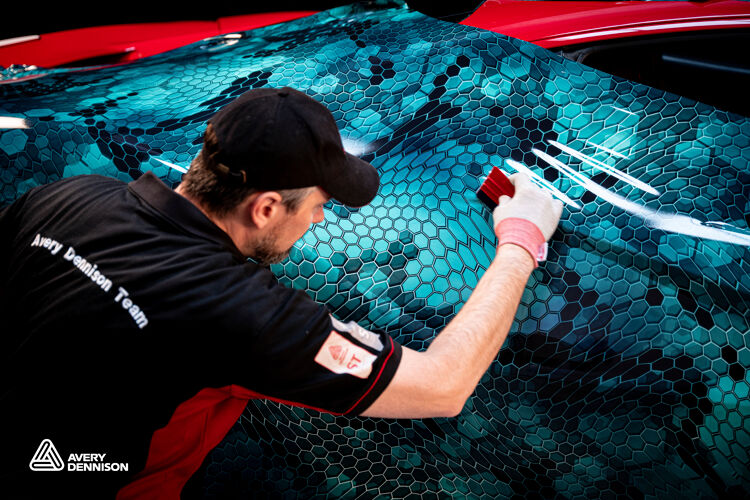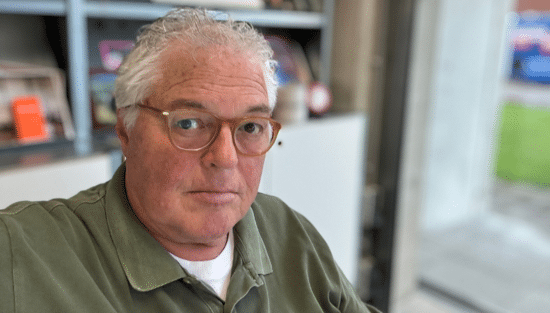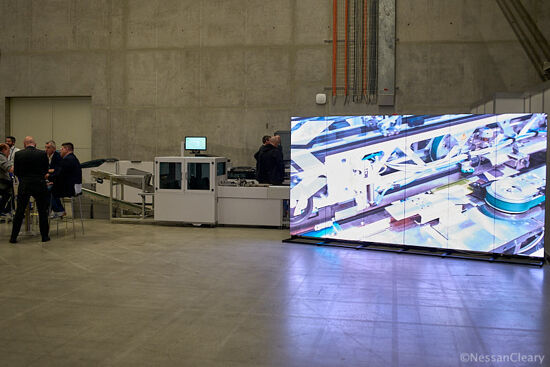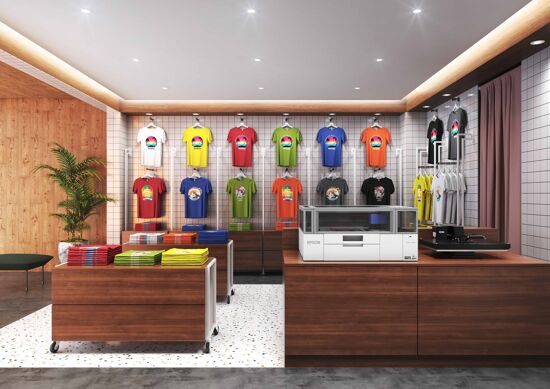Sustainable substrates for vehicle wrapping

As demand for environmentally friendly applications continues to increase, Rob Fletcher takes a closer look at some of the more sustainable materials available to companies working in the vehicle wrapping sector.
No matter what area of the print industry you are working in, there is simply no escaping the subject of sustainability. Customers are demanding more environmentally services and work from their printing partners, with the pressure on print service providers (PSPs) and other companies in the market to respond.
This is also true of work in the vehicle wrapping sector, which, though not always requiring an element of print, is facing the same pressures from environmentally minded customers to deliver work that is kinder to the planet. The good news here is that there are plenty of steps wrappers can take to achieve this goal, starting with the types of materials they use to create wraps.

With this in mind, we take a look at some of these products and speak with manufacturers and suppliers about the long-term benefits of working with sustainable materials in vehicle wrapping.
Responsible attitude
One specialist supplier within this sector is Metamark. Iain Wallace, strategic development manager at Metamark, said sustainability is an important consideration for all businesses, and the emphasis that is placed upon it is only likely to intensify looking to the future.
“Even small signs and graphics producers, including wrappers, deal with larger concerns that are increasingly likely to pursue solutions to their needs and problems that are delivered with due consideration to the environmental impact,” Wallace said.
“On that basis, even small businesses, that may feel as though they’re beyond the scope and sight of the advancing environmental agenda, will feel its effects as customers become discerning in their choices and look toward businesses that have a responsible attitude to their environmental impact.
“Sustainability is important for wrappers because they are subject now to a range of environmental influences upon their business. Those with the foresight to engage with and adopt practices the lessen their environmental impact will benefit as market become ever more critical and exercise their preference for dealing with environmentally aware suppliers.”
However, when it comes to working with more planet friendly materials, Wallace said this is much easier said than done in the world of wrapping. He said wrappers require materials that embody very specific characteristics such as the ability to handle inks, to tolerate elongation over challenging surfaces and to endure very hostile application environments.
Wallace continued that these desirable, and essential, characteristics are know in a range of legacy material types that many hope will be replaced by other materials registering a reduced environmental impact, lower prices and feature-for-feature compatibility with wrappers’ needs.
“While the quest for such a material development continues, wrappers are still exercising a preference for materials that offer features and characteristics that are essential in order to deliver the full potential of the wrapping application,” Wallace said.
Making advances
As for what Metamark is doing, Wallace said the company has been in the vanguard in introducing PVC free materials but recognises that such materials have limited appeal to those delivering wraps, and in particular to those who have to actually go hands on and produce them.
Metamark has however made advances that make its own legacy materials, including its premium cast wrapping films, a better fit for the environment.
“Production waste from these materials, and from recovered wrapped graphics, even those that have been printed and laminated, used to be consigned to waste streams that terminate in landfills or incineration,” Wallace said. “That has changed for our materials thanks to the MetaStream process.”
MetaStream is a process for recycling wrapping materials, including liners and laminates, turning them into useful plastic articles that can be recycled time and time again, and into luxury paper products including greeting cards, stationery, and premium notebooks.
“MetaStream is already being used by major vehicle fleets and the companies that produce liveries for them,” Wallace said. “Application types include cut-and-applied graphics and digitally printed wrap graphics promoting some of the biggest brands whose vehicles are seen on the roads.”
Win-win situation
Another leading supplier in this market is Avery Dennison, which, like Metamark, places a strong emphasis on the importance of sustainable solutions in wrapping.
“The future for all of us depends on how we act today, and we believe that, for wrappers, sustainability is both a responsibility and a commercial opportunity,” Avery Dennison said. “It’s a win-win when everyone joins forces and contributes towards a more sustainable future. Of course, collaboration with suppliers across the whole value chain is crucial in order to make this happen.”

As for the dangers of avoiding the subject, Avery Dennison said that as many companies, especially larger global brands, are implementing or have already adopted sustainability strategies, ignoring sustainability concerns will be more and more detrimental to the future of the graphics industry.
“We want to ensure that we maintain a dialog together with our suppliers and end customers so that everyone realises the maximum benefits,” Avery Dennison said.
“Yet another key factor is that sustainability-driven legislation is increasing, and constantly evolving, across Europe. Our focus at Avery Dennison is on continuous innovation. We’re finding appropriate solutions so we can help to drive the transformation of the chemical industry - achieving a sustainable future free of undesirable chemicals.
So, how can Avery Dennison help wrappers with their sustainable goals? The company said its starting point is listening to customers’ concerns, with a lot of development work being focused on addressing those concerns. It also provides customers with the information and data they need to make more informed product choices.
“For us, sustainability is part of our ongoing program of constant innovation,” Avery Dennison said. “We are continuing to develop our range of PVC-free solutions so that we can provide our customers with alternatives to traditional graphics materials.
“For example, we recently introduced our new SP 1504 PVC-free premium digitally printable wrapping film. It’s the result of hard work and dedication from our teams, who set themselves the goal of creating a more environmentally friendly choice that also delivers high performance.”
Avery Dennison added that it also works with installer partners to address different sustainability challenges, from the application requirements of new materials through to waste management and recycling possibilities.
“Together, we can figure out ways to make the most of a particular application - collaborative partnerships are key.”
These closing comments offer a rather apt conclusion to the article. Working together will be hugely important when it comes to developing new solutions that meet the sustainable demands of customers in the long term. Wrappers should speak with their suppliers to find out more about what they can do to become a more environmentally friendly business.
Topics
Interested in joining our community?
Enquire today about joining your local FESPA Association or FESPA Direct
Recent news

The importance of Personalisation in Direct Mail - The Power of Print
Jeroen van Druenen, CCO of Jubels discusses how personalised direct mail, especially print, boosts engagement and ROI by tailoring content to individual recipients. Using variable data printing (VDP), marketers create unique designs and offers, enhancing relevance and fostering stronger customer relationships. Physical mail's tangibility and lasting impact further amplify personalisation's effectiveness.

What are the current trends for digital screens?
Digital screens are evolving rapidly, moving beyond simple signage. MicroLED technology improves resolution and efficiency, while 3D and AR displays offer immersive experiences. AI is transforming content creation and analytics, personalising interactions and optimising screen placement. Larger, wall-sized screens and temporary rentals at events are becoming more common. As screens become ubiquitous, innovation focuses on eye-catching solutions to maintain audience engagement.

Hints and tips for vehicle wrapping success
While rising demand for vehicle wrapping is good news for the industry, this is placing more pressure on companies to deliver quality work at a solid pace. Here, Rob Fletcher picks up some tips from several experts in this sector to help wrappers operate smoothly.

What are the opportunities in Personalisation for Sportwear and Signage?
Rob Fletcher discusses the growing importance of personalisation and digital innovation across sectors. Major brands use personalised print to engage customers and boost sales. Personalised sportswear demand is increasing, and companies like Eurojersey embrace sustainable manufacturing and digital transformation.